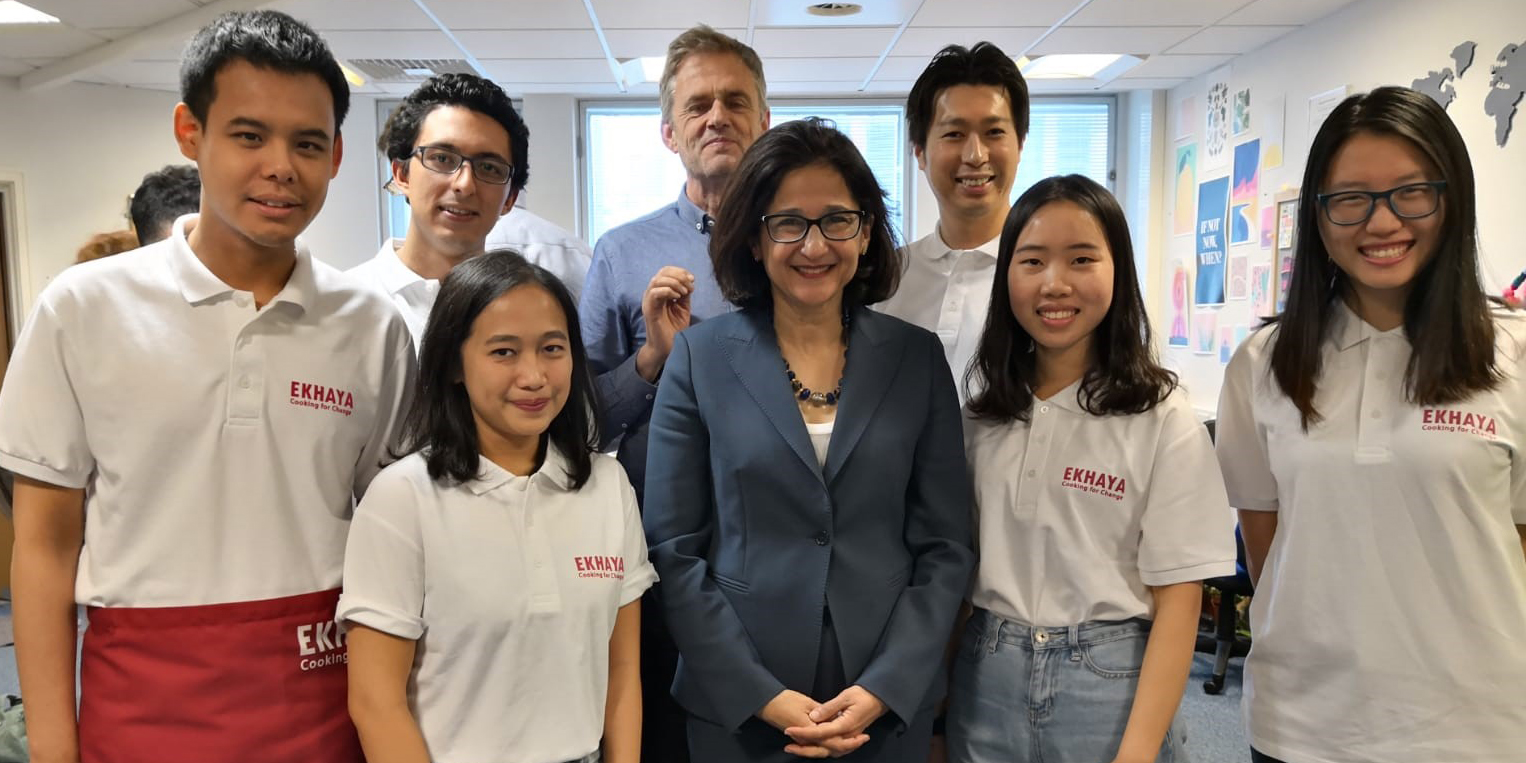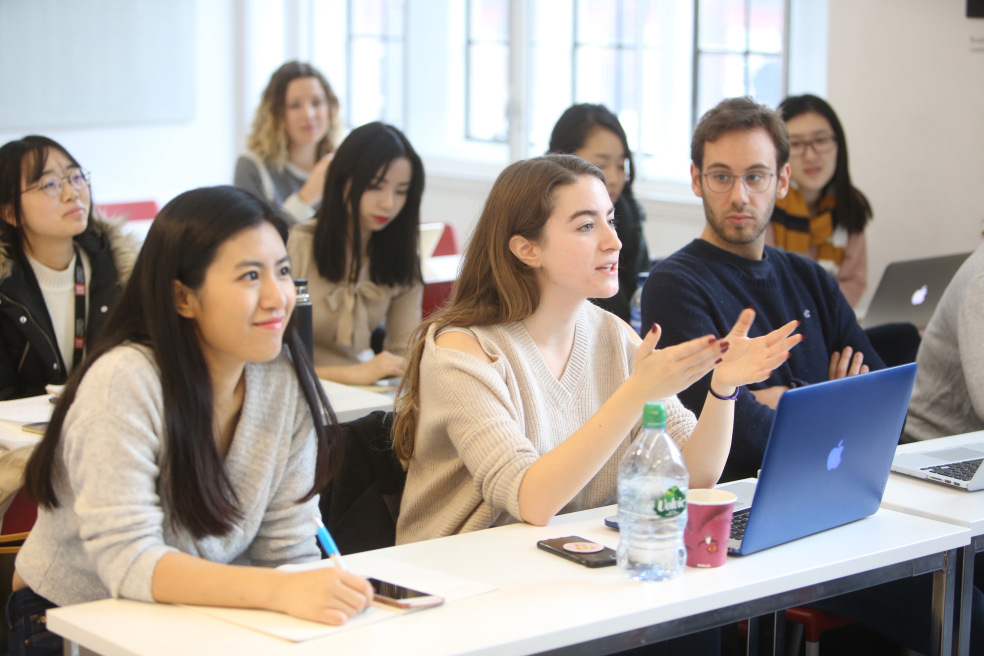With eight full-time Master’s programmes on offer at LSE Management, it can be difficult at first glance to understand the unique offerings of each course. In this blog post, Management and Strategy student Tomisin Ogunsanya explains how he decided between two management degrees on his quest to prepare himself for the world of business consultancy.
When I was selecting my master’s, I had some fairly liberal criteria. I knew I wanted a programme that was business-oriented, analytical and practical. In hindsight I should have used a more stringent rubric, because with this metric, all of the management masters’ at the LSE were eligible. Inundated with this list of possibilities, I gradually narrowed my selections down to two– the Master’s in Management (MiM) and Management and Strategy (M&S). But what was the difference?
Prospective students often struggle to discern the differences between these two programmes. Although the two appear somewhat interchangeable from the marketing materials, in reality, the programmes are very distinctive. My objective for this post is to make these distinctions clearer so you can choose the programme that best suits your goals and interests.
Academic focus
Though both degrees focus on management, their approach to the discipline differs. The Masters in Management is a general management master’s; as such, it takes a holistic approach. The required, core modules encompass marketing, finance, data analytics and operations. In contrast, Management and Strategy is a specialist degree, and explores management through an economic lens. The four compulsory modules – Analysis of Strategy A, Analysis of Strategy B, Incentives and Governance in Organizations, and Design and Management of Organizations – use economic frameworks and models to tease out core concepts. Indeed, the former two modules, Analysis of Strategy A and B, essentially serve as primers into behavioral economics. M&S’s economic orientation inevitably requires a certain level of comfort with equations. But success on the course depends more on understanding the key concepts and the relationship between variables, rather than on executing complex equations (which is rarely the case).
Though MiM is a generalist master’s and M&S is a specialist master’s, in both degrees, students have the option to choose from a wide range of electives (up to two MiM, and three for M&S). This way students can use electives to either narrow their focus into a particular managerial subset, or broaden their understanding of the general field.
Secondly, M&S is considered the more theoretical degree, whilst MiM is perceived to be more hands-on. In the summer term, MiM students work on a final project where they apply the concepts they’ve learned on the course. Group-projects are also a focal aspect of the degree, and during the year, students have the opportunity to partake in an international study trip that incorporates company visits.
In M&S, students are encouraged to engage deeply with the relevant literature. This is exemplified through the mandatory dissertation component. Towards the end of August, students are expected to submit a dissertation, with a maximum word count of 6,000. Traditionally, M&S dissertation topics have been creative and novel. Students have used the dissertation to explore an eclectic range of issues, from the relationship between employee diversity and firm performance, to the impact of terrorism on entrepreneurship. The dissertation is appropriately theoretical, and allows students to investigate an independent interest in great depth.
Regardless of these academic differences, both programs are rigorously academic and meticulously critical.
Regardless of these academic differences, both programs are rigorously academic and meticulously critical. On either course, students are expected to digest the assigned materials, evaluate them critically, and come to class with informed opinions.
Size of the classes
MiM normally has a larger intake than M&S. While MiM’s larger class size inevitably translates to greater student diversity, M&S’s smaller intake means that students on the course get to know each other more intimately. However – and this applies to all of LSE’s postgraduate programmes – student interactions are not circumscribed to one’s immediate cohort. LSE has a rich student body, drawing students from around the world, and there are multiple representative student organizations on campus. So in terms of opportunities for social engagement, students are spoilt for choice.
Summing it up
Both MiM and M&S are first-rate degrees, but they appeal to different academic temperaments. MiM is a general management masters’, with a more hands-on orientation and a larger class size. Conversely, M&S is a specialist degree with an economic approach; it also has a more intimate class size and is decidedly more theoretical. Before making a decision, I advise prospective applicants to evaluate their academic interests and professional goals, and see which master’s can most further them.
In addition, reach out to LSE student ambassadors! We’re always interested in helping prospective applicants reach informed decisions. Regardless of your choice, and the differences between MiM and M&S, you can’t go wrong with an LSE degree.
Learn more about the Management and Strategy programme






